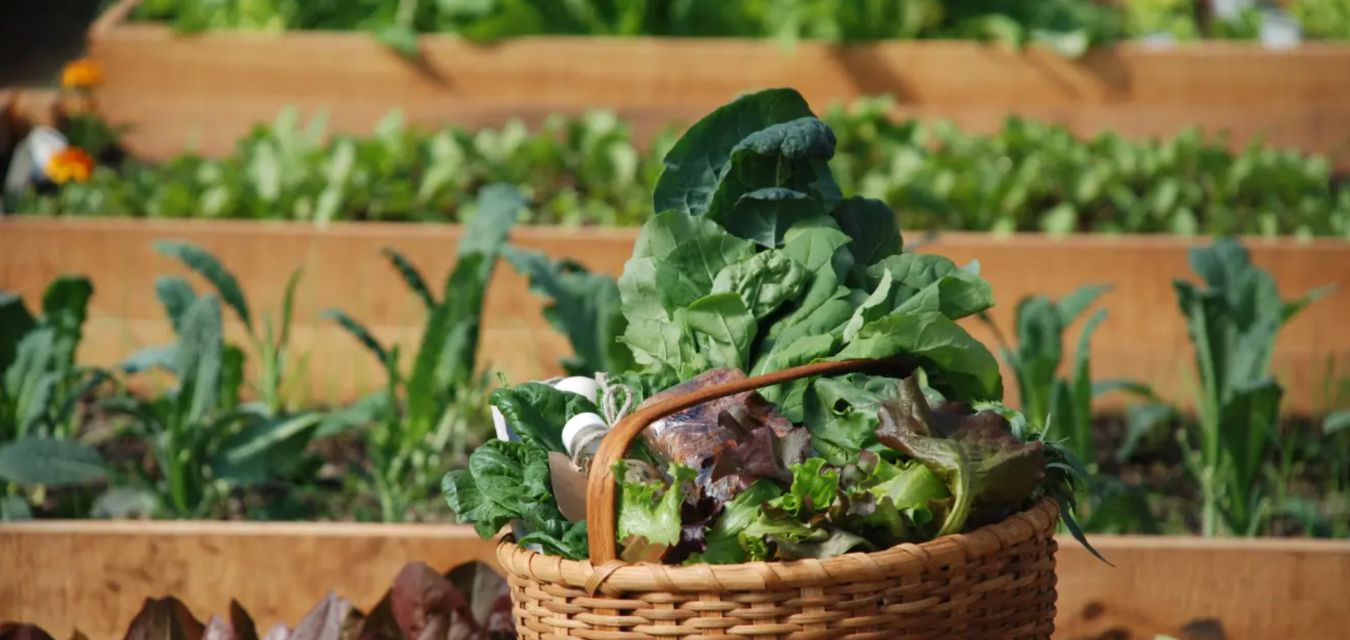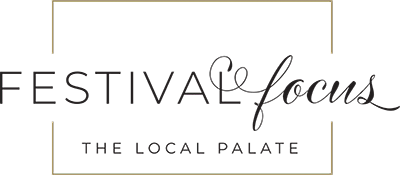
About 50 miles from Washington, DC’s bustling metropolis, the interstates turn into rural highways and the shopping plazas shift into rolling hills of farmland. The remote locales of western Virginia are rugged and wild—roads peek out between thickets of forest and the Potomac River snakes through the rocky terroir. It’s here in Lovettesville, Virginia —where the collection of gas station fried chicken and IGA grocers feels a world away from omakase experiences, Michelin-starred restaurants, and Saturday morning markets—that fine dining strips down to its literal roots.

To reach the Restaurant at Patowmack Farm, take a hairpin turn off of Highway US-15 and climb the gravel driveway to a greenhouse perched midway up a hill. Trees bearing olives, almonds, and apples surround the greenhouse, and from this lofty overlook, the Potomac River flows through the ravine below. Farther up the hill is a farmhouse and smaller greenhouses and gardens where peppers, tomatoes, squashes, and berry patches grow in abundance, all of which get reimagined into the dishes on the restaurant’s nine-course tasting menu.
A lush tableau of green Iranian herbs, fig trees, olive trees, and edible flowers surround the pathway to the main greenhouse, which is actually the dining room. “I want things to be fun as soon as you enter,” executive chef Vincent Badiee says, gesturing to the greenery-laced trellis; then he picks an herb leaf and pops it into his mouth. “People can start eating stuff immediately.” Badiee’s focus is on more than just dinner. He uses food like juicy duck breasts, delicate tomato tartlets, or a smear of sunchoke butter to spark diners’ appreciation for the ingredients sourced from the surrounding earth.
Lots of chefs research their recipes and ingredients by reading voraciously and traveling to other countries. Badiee attended the Italian Culinary Academy before finding work in the country, where he was surrounded by abundant citrus, almonds, olives, and fish fresh from the sea. He moved around the continent, working in England and France before landing back in the States, where he built his resumé at a number of Michelin-starred restaurants, including (the now-closed) Palena, Daniel and Café Boulud, Eleven Madison Park, and Fiola.
Looking to reconnect with the ethos he developed in Italy, Badiee left the metropolitan restaurant scene in 2020 to return to his Appalachian roots so he could oversee his food through all stages, from the selection of seeds to harvesting crops to plating the final dish. The Restaurant at Patowmack grows 70 percent of the food on the menu (including mixers, shrubs, and botanicals used in the drinks) and sources the remainder from within a 50-mile radius, including chicken from local farms, Chesapeake Bay seafood delivered fresh each day, and pork that they butcher in house.
The nine courses on the menu change constantly depending on availability, but new in 2023, each month’s menu highlights a new color theme: Come during the summer months for warm hues of yellow, orange, or red displayed in a sunshine-yellow sunflower butter served with house-baked bread; a farm egg scrambled with shallots, green herbs, and birds-eye chile and adorned with edible flowers; or a golden filet of pan-fried fish resting over charred eight-row flint corn.

Badiee and his handful of staff not only cook and execute each night’s dinner service; they also tend to the 40 acres of gardens on the farm. They grow heirloom varieties of tomatoes, squash, and corn, as well as practice the three sisters farming method. Traditionally applied to squash, corn, and beans, this refers to crops grown in shared environments where they symbiotically nourish each other in the soil. Depending on the season, you’ll also see acres of berries, wild mushrooms, assorted peppers, verdant heads of lettuce, peas, and carrots. There are also olive, citrus, fig, and apple trees, an apiary, and (in the fall) pins of turkeys fattening for Thanksgiving.
In addition to managing Patowmack farm, the kitchen team also processes all the food they harvest and receive via fermentation, smoking, curing, and even milling grains for flours. This style of cooking feels rustic and emblematic of the rural Appalachian surroundings; however, it also takes Badiee back to his Italian training where every part of the animal or plant is used in the kitchen and he knows where each ingredient comes from.
Because of the care and preparation that goes into each night’s menu, the Restaurant at Patowmack Farm is reservation only, and it’s consistently booked. Most of the clientele travel in from DC, Baltimore, and Northern Virginia and spend the night at one of the nearby Airbnbs. Badiee also sees an increasing number of visitors from the West Coast—San Francisco food enthusiasts who fly in just to dine at the restaurant.
After the staff whisks away the remnants of the final course, guests receive what Badiee calls a “farm farewell”—such as the next day’s breakfast of fresh biscuits and muffins with homemade jam and local honey or housemade trail mix—to continue the restaurant experience the whole way home.









